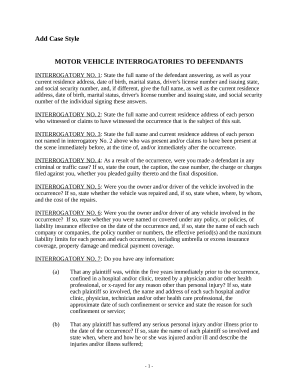
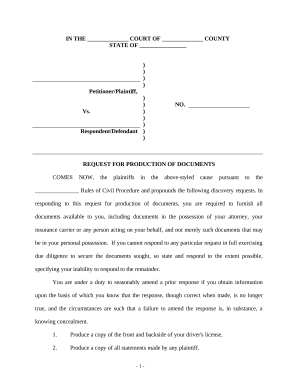
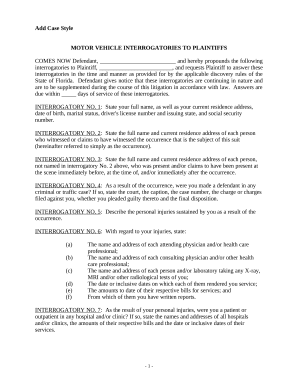
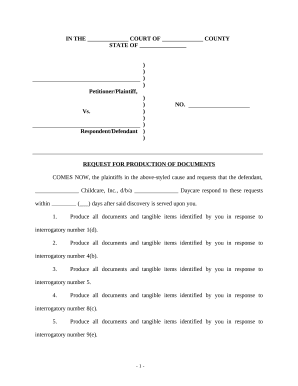


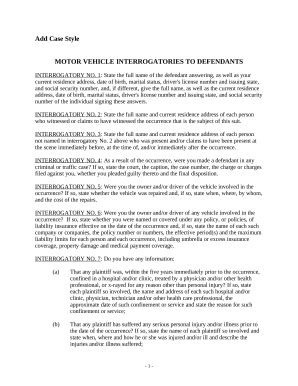

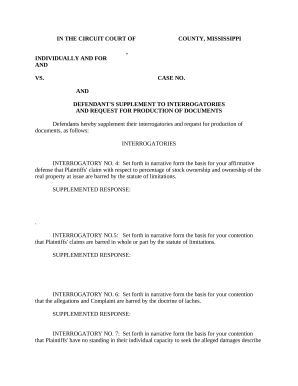
Form administration consumes to half of your office hours. With DocHub, you can reclaim your office time and increase your team's efficiency. Access Discovery in Civil Litigation collection and discover all document templates related to your everyday workflows.
The best way to use Discovery in Civil Litigation:
Boost your everyday document administration with our Discovery in Civil Litigation. Get your free DocHub account today to discover all forms.